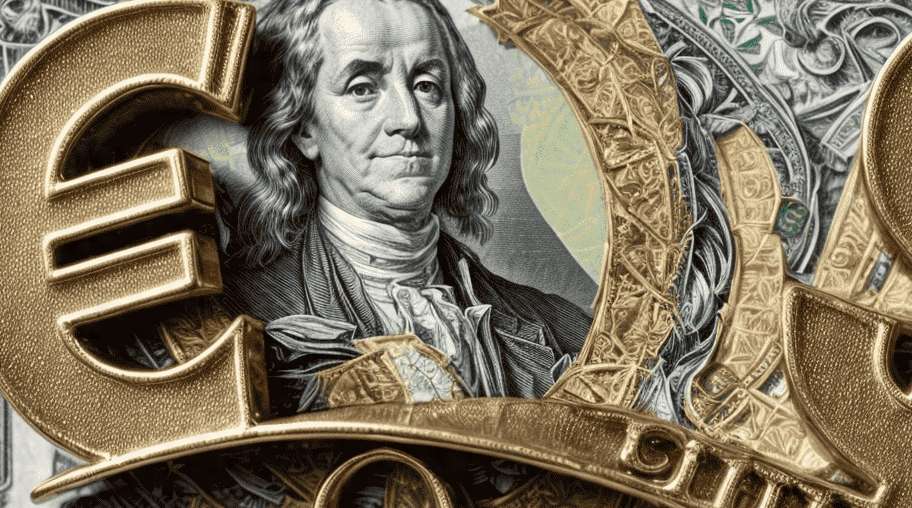-
Summers Warns of Inflation Risks
-
Tesla's Plunge in 2025
-
How to Identify a Company's Value?
-
Strong Demand Signals Diesel Price Rebound
-
Fed Ends Rate Cuts
-
2025: The Year AI Reshapes Industries
-
Decoding the Central Bank's Rate Cut Decision
-
Fed Rate Cut: A Boon for Emerging Markets?
-
CPI Data May Caution the Fed!
-
Strong Margins Spur Record PVC Production in January
Fed Rate Cut: A Boon for Emerging Markets?
Advertisements
In the realm of economic forecasting, few events resonate as strongly as a central bank's decision on interest rates, particularly when it pertains to the US Federal Reserve. Recently, the anticipation that had been building for years reached a crescendo as the Fed announced an unprecedented rate cut of 50 basis points, much to the surprise of financial markets globally. This decisive move not only alters the trajectory of the US economy, but it also sends ripples throughout the world, particularly impacting the value of currencies and the global market. The significance of this transition cannot be understated, especially when considered in the context of the broad financial landscape.
When the Federal Reserve embarked on its interest rate hike journey back in February 2022, few could have predicted the far-reaching consequences of such a decision. With the rate increases that followed, soaring to above 5% within just eighteen months, the shockwaves were felt across major global currencies, especially the Chinese Yuan, which depreciated sharply from around 6.3 to 7.3 against the US dollar, equating to approximately a 15% decrease in value. This depreciation was not merely a statistical anomaly; it represented a fundamental shift in investor sentiment and economic health between the two nations.
The crux of this financial metamorphosis can be traced back to capital flight—a phenomenon where investors, in search of higher returns, moved their money out of China and into dollars. This is arguably the most direct consequence of rising US interest rates. A historical lens shows that when such capital flows create an environment where currency depreciation occurs, it instigates a cycle of economic challenges. Employment declines, housing markets stagnate, and overall consumer confidence wanes. The cyclical nature of these economic effects implies that once money begins to flow out, reversing this trend becomes incredibly challenging.

For the average investor, the decision to convert RMB into dollars during this protracted period may have seemed a logical safeguard against depreciation. However, the landscape shifted post-Fed announcement. The initial response on the global stage suggested an immediate market correction, with analysts observing capital returning to China almost as swiftly as it had left. As investors reassessed the outlook, the rapid depreciation of the Yuan appeared to undergo a rebound, with its value increasing following the Fed’s surprising pivot towards a less aggressive monetary policy.
This scenario can be equated to an economic dance—one that involves the delicate interplay of investments, currency valuation, and global economic policy. Similar to a finely tuned symphony, where one misplayed note can lead to discord, the response of global financial markets to US interest rate changes illustrates the fragility of the current economic apparatus. The increased liquidity stemming from the Fed's actions sets the stage for reassessments in asset pricing, particularly in emerging markets, prompting analysts to speculate about a potential resurgence in the Chinese economy, given favorable monetary policies that could follow.
However, optimism about capital returning to China or a stabilized currency must be cautiously tempered by the recognition of domestic economic realities. China's economic thermostat is currently hovering at a lukewarm level, suggesting that while external factors like the Fed's rate cut may trigger initial enthusiasm among investors, sustainable growth will require responsive domestic policies that can effectively channel incoming capital into productive avenues. With many foreign investors holding their breath, awaiting clarity on how the Chinese government will adapt to this new monetary environment, a focus on infrastructure development and consumer stimulus could be paramount.
A key consideration is the Chinese real estate market—a significant historical reservoir for capital that previously absorbed massive inflows. In years past, when interest rates fell, housing purchases surged, thereby boosting adjacent sectors such as construction and retail. However, as the property market stagnated amidst regulatory crackdowns and rising skepticism about investment safety, many potential buyers have hesitated, leading to prolonged periods of low confidence. The challenge lies in energizing this market to not only stabilize but also grow, a task which many believe requires unconventional and perhaps aggressive policymaking.
The multifaceted interplay between interest rates, currency valuation, and investor sentiment paints a complex picture. The Fed’s easing signals a turnabout towards more favorable conditions, which may very well serve as a catalytic moment for the return of capital to China. Yet, the broader challenge remains: Can Chinese policymakers effectively marshal this influx into productive growth, or will it remain trapped in speculative assets that do little to bolster the real economy? The dichotomy of potential is stark: if successfully guided, new liquidity could spark a revitalization of the Chinese economy; if mismanaged, it risks exacerbating existing vulnerabilities.
As we anticipate what may lie ahead in the next quarters, it becomes increasingly clear that the Chinese government must not only prepare for capital inflows but also establish a robust framework that optimizes these resources. The dual imperative of strategic economic policy and market fosterage emerges—both essential for steering the trajectory of growth. In the fast-evolving landscape that lies ahead, a sense of urgency is palpable. There is little doubt that the world is observing closely, eager to see how these events will unfold and shape the global economic order.
Your comment